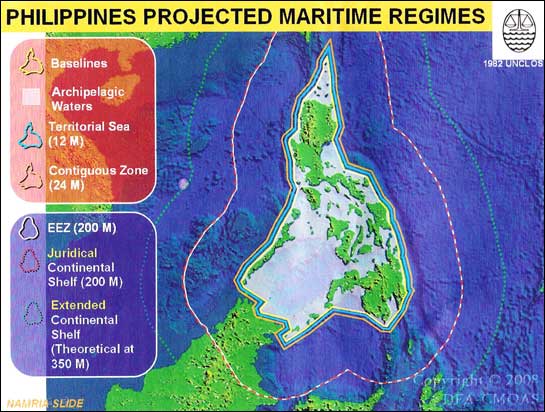Filtered By: Topstories
News
RP in last minute scramble to beat UN deadline on territorial claim
By VERA Files
(Last of two parts) 

More Videos
Most Popular



